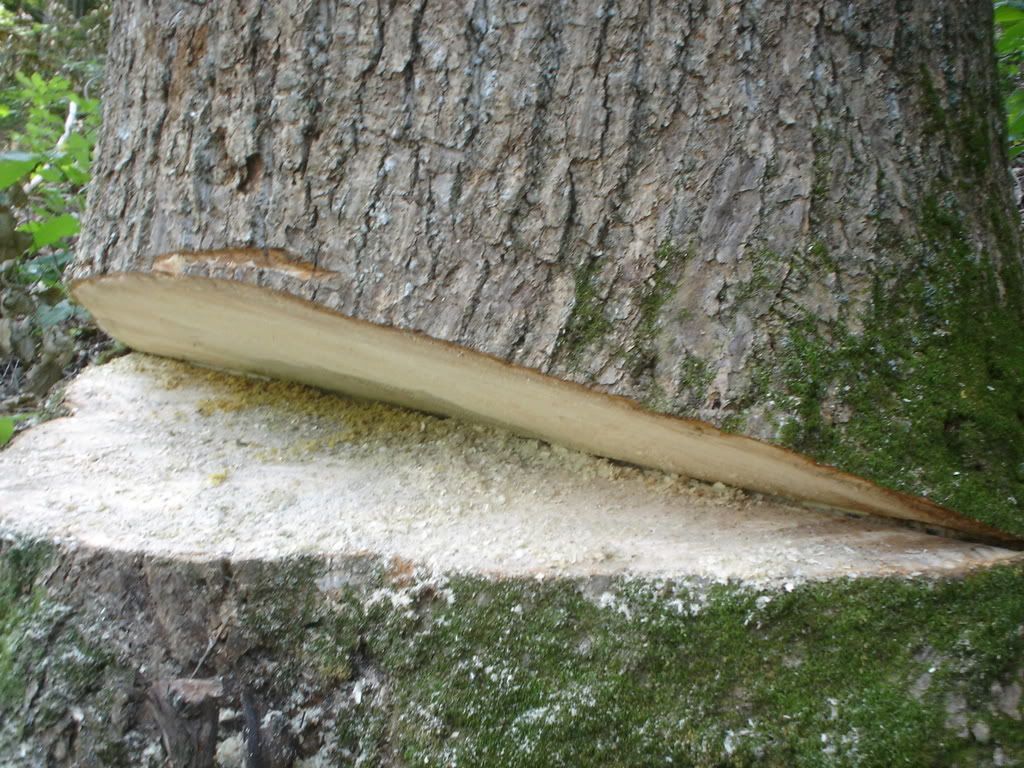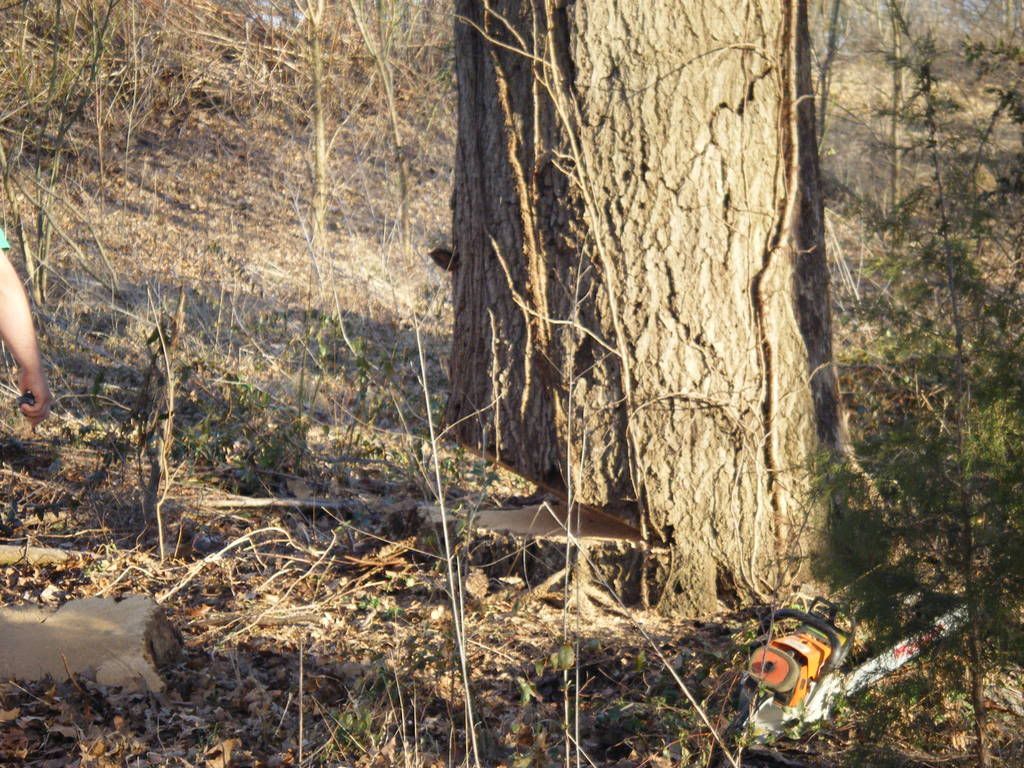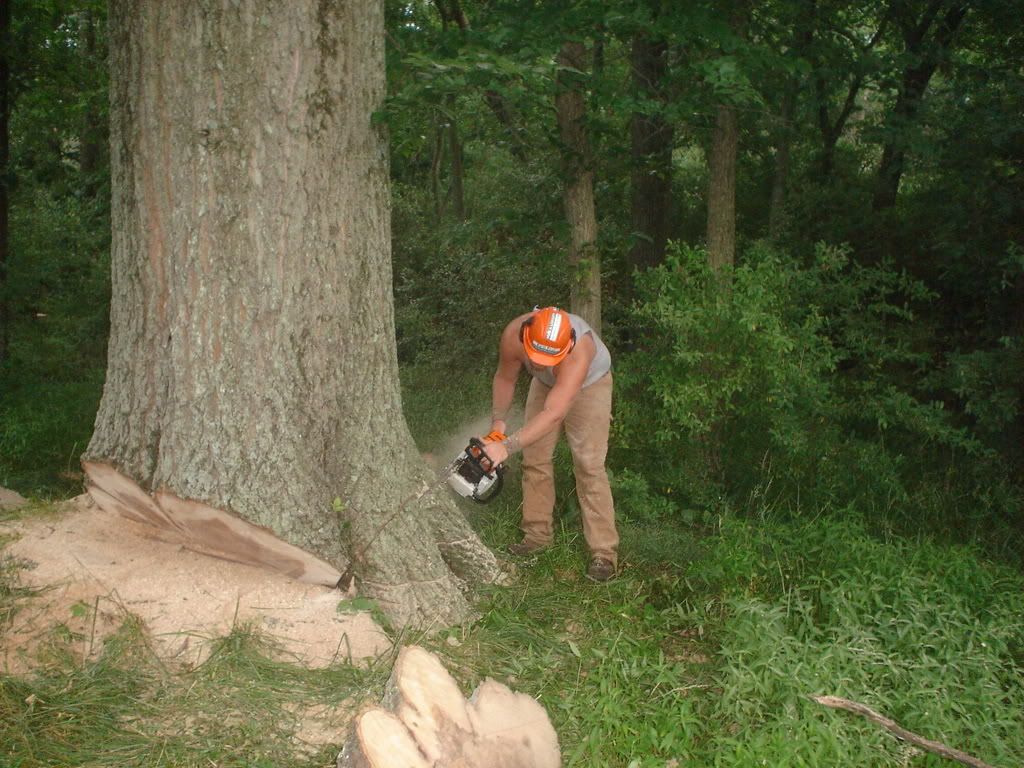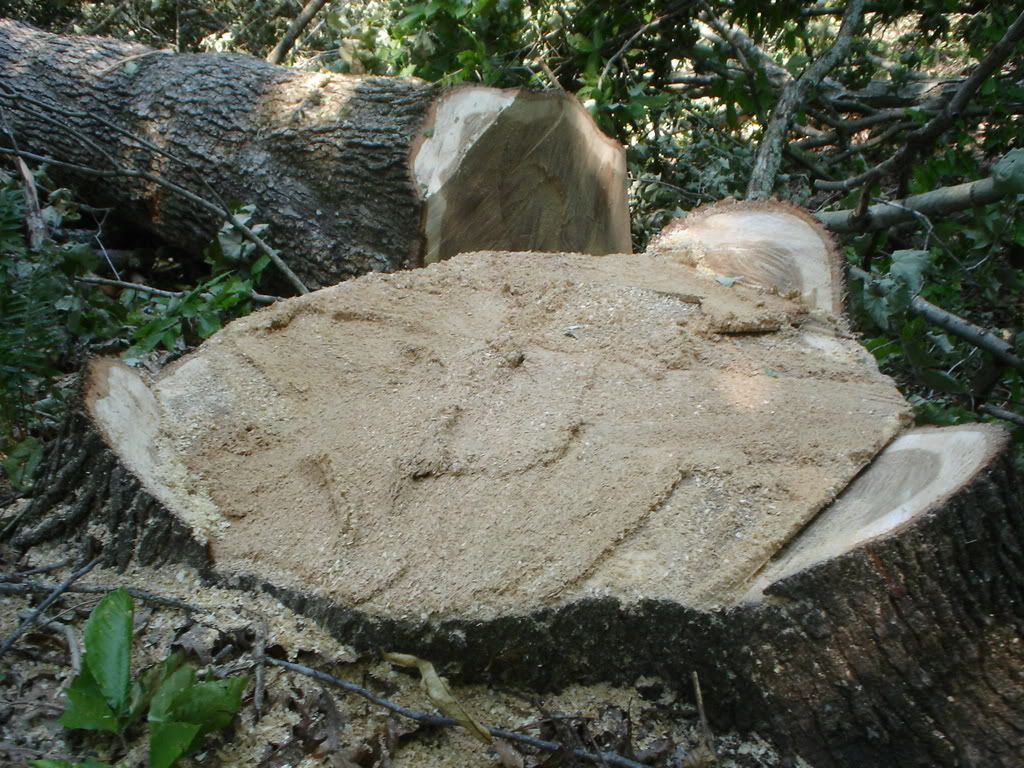smokechase II
Addicted to ArboristSite
More
A point not to miss is that the greater the distance the wedge is from the hinge the easier it is to drive the wedge.
This does not mean that a shallower face is the answer to all problems fighting a lean.
It would most of the time be superior when fighting a strong lean where the wedging technique is capable of countering the forces above.
When dealing with a moderate off lean, where there are forces way up high that are difficult to counter, that a deeper face could be the superior technique.
A point not to miss is that the greater the distance the wedge is from the hinge the easier it is to drive the wedge.
This does not mean that a shallower face is the answer to all problems fighting a lean.
It would most of the time be superior when fighting a strong lean where the wedging technique is capable of countering the forces above.
When dealing with a moderate off lean, where there are forces way up high that are difficult to counter, that a deeper face could be the superior technique.
Last edited:









